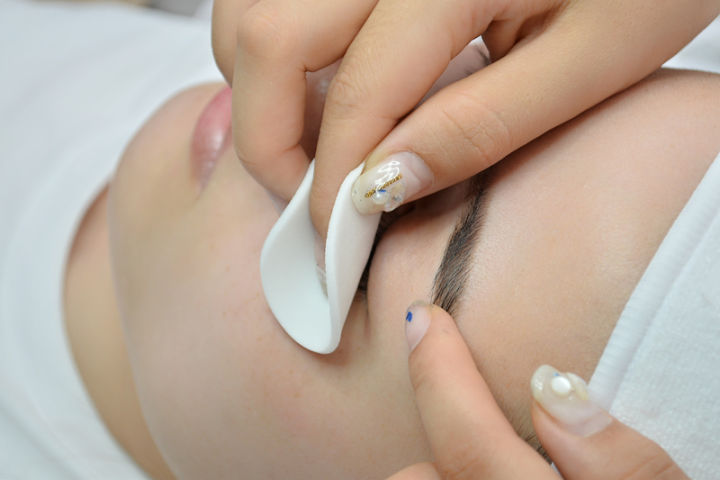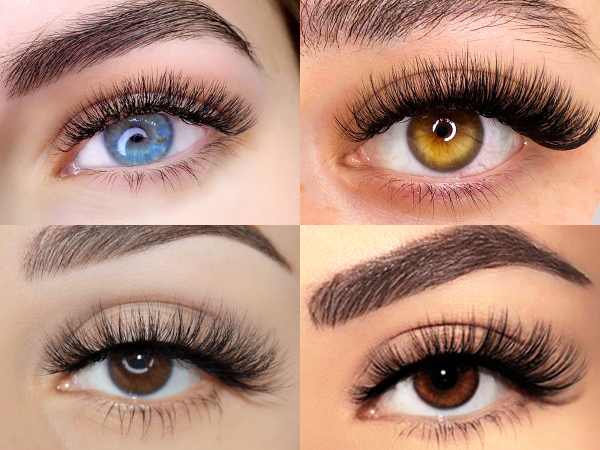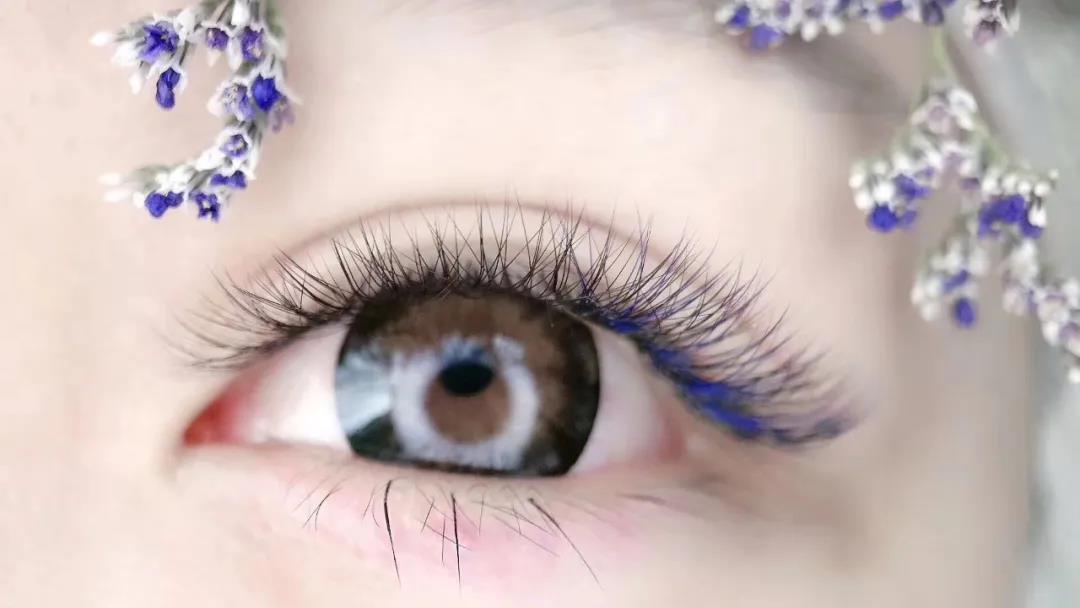What is Eyelash Extensions Allergy
What is contact allergy?
The glue used in the process of grafting eyelashes is a kind of water-soluble adhesive, which is dried by polymerization reaction caused by contact with water in the air, so that the false eyelashes can be firmly attached to the real eyelashes. In order to better accelerate the polymerization rate, the store will add a solvent to the glue. The solvent is equivalent to a point of focus. It grabs the water from all directions in the air and forcibly polymerizes the glue to achieve the goal of rapid drying.
The main solvent components in the glue are benzene and phenol solutions. Phenol has obvious corrosive effects on the skin and mucous membranes. It can inhibit the nerve center or harm the liver and kidney functions.
As mentioned above, once the solvent is exposed to the air, it will Fleeing around and grabbing water is also called volatilization. The volatilized solvent will touch the skin around the eyes and cause a series of discomforts such as red and swollen eyelids. If the eyeball is accidentally exposed during the grafting operation, the volatile solvent may also cause the eyeball to become red and itchy. This is the contact allergy caused by the solvent.
What is thermal reaction allergy?
Is it not easy to be allergic if it does not contain solvents? The answer is NO! The glue without adding solvent is naturally polymerized with the moisture in the air. Without the acceleration of the solvent, the drying process will be very slow. Whether the grafted glue converges with the water in the air or polymerizes with the water captured by the solvent, its polymerization is a chemical reaction. Your chemical reaction generates heat. If the temperature is too high, it will cause a thermal reaction allergy.
If the moisture on the eyelashes is not dried before grafting, the rate of polymerization will be exponentially amplified, heat will be released in an instant, and the eyelids will be "burned" and swelled.
Therefore, you must blow dry your eyelashes before grafting, and use a hair dryer after grafting. The glue is not dry, and it will produce an exothermic reaction when it encounters water after returning. This is the reason why some grafts are fine in the store, but they will have problems after they come back to wash their faces.



